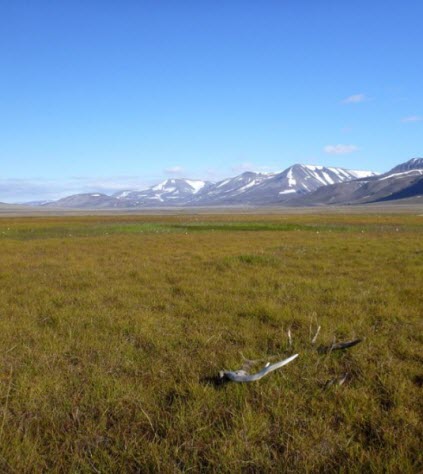Arctic Tundra Ice Loss Ups Methane Emissions

Many researchers consider the effects of climate change on the sea or land, but not how climate change in one affects the other. But at Lund University in Sweden, recent research has shown that not only does melting sea ice, for example, impact the sea. It also impacts lands hundreds of miles away.
According to a release from the university, melting sea ice raises temperatures in the Arctic tundra, causing methane emissions there to increase. Researchers used computer models to confirm the connection between melting sea ice and increased methane production, a connection that was believed to exist but previously lacked strong evidence.
Sea ice reflects sunlight, whereas the sea surrounding it absorbs sunlight. Melting sea ice, researchers observe, has the effect of reflecting less sunlight back into the atmosphere, meaning more sunlight absorbed by the ocean and therefore more heat. A warmer ocean, in turn, means higher temperatures emanating from the ocean, which in turn warms up the land. The warmer land encourages microorganisms in the tundra to metabolize more, producing more methane.
Featured Image: Arctic tundra. (Credit: Frans-Jan Parmentier)




0 comments